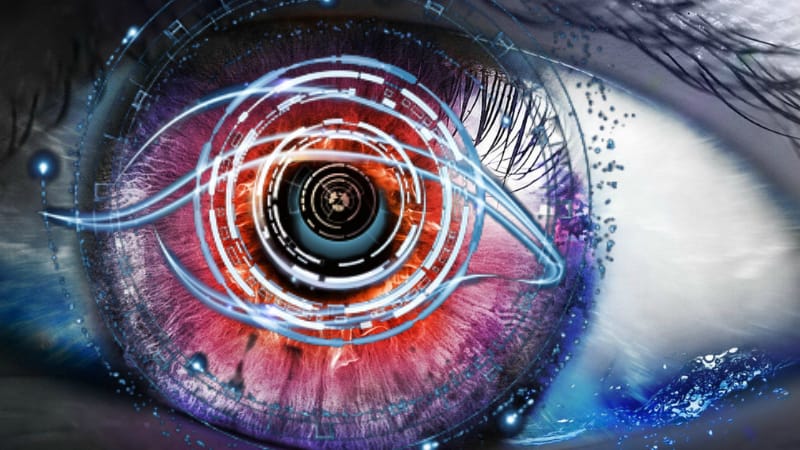WHAT’S COMPUTER VISION
September 14, 2023
Introduction
In the ever-evolving landscape of technology, one remarkable field has been making waves in recent years – Computer Vision. This exciting branch of artificial intelligence allows machines to perceive and furthermore interpret the world visually, much like how humans do. Computer vision has the potential to revolutionise several sectors and enhance our daily lives, from self-driving automobiles to medical diagnostics. We’ll go on an approachable and educational trip into the intriguing area of computer vision in this post.
Understanding computer vision
Fundamentally, this vision tries to instruct computers how to perceive, comprehend, and make sense of the visual environment. Computer vision systems employ cameras and algorithms to analyse and process still photos as well as moving pictures, much like how our human eyes collect images and our brains interpret them. These systems can then identify objects, recognize patterns, and even draw insights from visual data.
Applications
The potential uses of computer vision are extensive and are continuously expanding. Here are some areas where this vision is already making an impact:
- Healthcare: This vision aids in medical imaging, helping doctors diagnose diseases and detect abnormalities in X-rays, MRIs, and CT scans with exceptional accuracy. Furthermore, it has the capability to aid in surgical procedures by offering real-time guidance.
- Autonomous Vehicles: Self-driving cars rely heavily on this vision to perceive their surroundings and make driving decisions. They can identify pedestrians, other vehicles, traffic signs, and road conditions, ensuring safer transportation.
- Retail and E-commerce: This vision is transforming the shopping experience. It enables cashier-less stores, like Amazon Go, where customers can grab items and simply walk out, with the system automatically charging their accounts. Additionally, it’s used for recommendation systems based on users’ preferences and behaviors.
- Agriculture: Precision agriculture leverages this vision to monitor crops and further optimize yields. Drones equipped with computer vision technology can assess crop health, detect pests, and even manage irrigation systems more efficiently.
- Security: Surveillance systems use this vision to identify suspicious activities or individuals in real-time, enhancing security in public spaces, airports, and businesses.
- Entertainment and Gaming: Virtual reality (VR) and augmented reality (AR) applications use this vision to track user movements and further provide immersive experiences.
- Manufacturing: In manufacturing, this vision ensures product quality by inspecting items for defects and guiding robotic assembly lines.
How computer vision Works
It’s systems follow a multi-step process to analyze visual data:
- Image Acquisition: The first step is capturing the visual data, typically through cameras or sensors.
- Preprocessing: The raw data may undergo preprocessing to enhance image quality, remove noise, and adjust lighting.
- Feature Extraction: Computer vision algorithms identify key features in the image, such as edges, corners, or specific shapes.
- Object Detection and Recognition: The system then detects and recognizes objects or patterns in the image using machine learning models.
- Scene Understanding: By analyzing the relationships between detected objects, computer vision systems can understand the context and interpret the scene.
- Decision Making: Based on the analysis, the system makes decisions or takes actions, like identifying a defect in a manufactured product or controlling a self-driving car.
Challenges and Future Developments
Despite the considerable progress achieved in computer vision, it encounters ongoing challenges. Handling complex, unstructured environments, ensuring robustness against lighting variations, and addressing privacy concerns are ongoing research areas.
The future of computer vision looks promising. We may anticipate greater real-time processing, even more precise object detection, and increased applications in industries like robotics, healthcare, and education as technology develops.
Conclusion
Machines can now see and comprehend the world around them thanks to the amazing technology known as computer vision. It has the ability to significantly improve our daily lives and transform many industries. As this vision develops, we might anticipate a day when robots grow better at recognising and understanding the visual environment, ushering in a new era of innovation and ease.


